Why Industrial Outdoor Storage Will Always Be In
Simi Capital Group Managing Partner Andrew Skydell on market dynamics and the competitive advantages this niche offers.

Over the past five years, industrial outdoor storage has become one of the most sought-after niches, with institutional investors allocating more and more funds toward it.
To get a deeper view of this flourishing sector, Commercial Property Executive sat down with Andrew Skydell, managing partner at Simi Capital Group, a vertically integrated real estate developer and investment manager focusing on IOS facilities from New York to Miami, for the past five years.
Why the interest in IOS?
Skydell: We have put a major emphasis on our IOS platform due to several factors. IOS properties are essential for industries like logistics, construction, equipment rental and transportation. These businesses need outdoor space to store materials, trucks and heavy machinery, yet finding suitable zoned land is increasingly difficult due to urban growth and zoning restrictions. This mismatch drives demand for IOS properties.
Many municipalities have strict zoning laws, which limit the development of new IOS facilities. These regulations create natural barriers to entry, allowing existing IOS properties to command higher rents and experience lower vacancy rates. As investors, this provides a competitive advantage and enhances long-term asset value.
There are inherent strong tenant fundaments, and the tenants in the IOS sector tend to be established, durable businesses tied to vital sectors of the economy. These businesses often have strong credit profiles and sign long-term leases because moving from location to location can be costly and disruptive to their business operations. This stability has translated into predictable cash flow for investors.
Relative to other asset classes within the real estate sector, IOS properties are typically land-centric, with minimal buildings or structures, which means lower capital expenditure requirements compared to traditional industrial properties. Maintenance costs and overall carrying costs are also reduced since the tenants primarily use the outdoor space.
The e-commerce boom in the last several years has really created this surge in demand for last-mile logistics and distribution centers. IOS plays a critical role in this supply chain by providing space for staging goods, vehicle parking and other logistics-related activities. As e-commerce continues to expand, so too does the need for IOS.
IOS properties often deliver strong returns due to the combination of high demand, low vacancy rates and stable, long-term tenancy. Additionally, because this sector for many years was relatively under the radar compared to other industrial real estate asset classes, there’s an opportunity for higher yields compared to more saturated markets. The asset class through the past several years has become more and more institutionalized, but still there are many situations in which we are able to capitalize on properties that do not get the attention of competitors nor other industrial investors. That allows us to create a high yield on our investment unlike many other asset classes within the industrial and commercial real estate world.
READ ALSO: E-Commerce Growth Revives Industrial Market
Tell us more about your IOS portfolio. What are your key objectives?
Skydell: At this time, SCG’s IOS platform remains firmly in growth mode, driven by strong demand and favorable market conditions. We continue to pursue an aggressive acquisition strategy, capitalizing on the increasing need for IOS properties across multiple industries. The fundamentals of the IOS sector remain robust, and we are witnessing sustained activity and opportunity.
Companies that depend on these mission-critical facilities and equipment rental will always require these properties to effectively operate their businesses. These industries form the backbone of the economy, making IOS properties indispensable to their day-to-day operations. As such, the long-term demand for IOS remains resilient, underpinned by the essential role these businesses play in supporting economic growth and infrastructure development.
IOS also presents significant scalability opportunities. By strategically acquiring and consolidating multiple IOS sites, we not only create operational efficiencies through economies of scale but also streamline property management. This approach enables us to lower costs, optimize tenant relationships and enhance overall portfolio performance. Additionally, expanding our portfolio across diverse geographic regions and tenant types helps create a more diversified and resilient investment platform. This diversification mitigates risk while positioning SCG to maximize returns in a dynamic and growing market sector.
As we look ahead, the continued expansion of industries such as e-commerce, last-mile delivery, construction and logistics will further drive demand for IOS properties.
What are the primary demand drivers for IOS and light industrial facilities in the major markets and regional logistics hubs that you operate in?
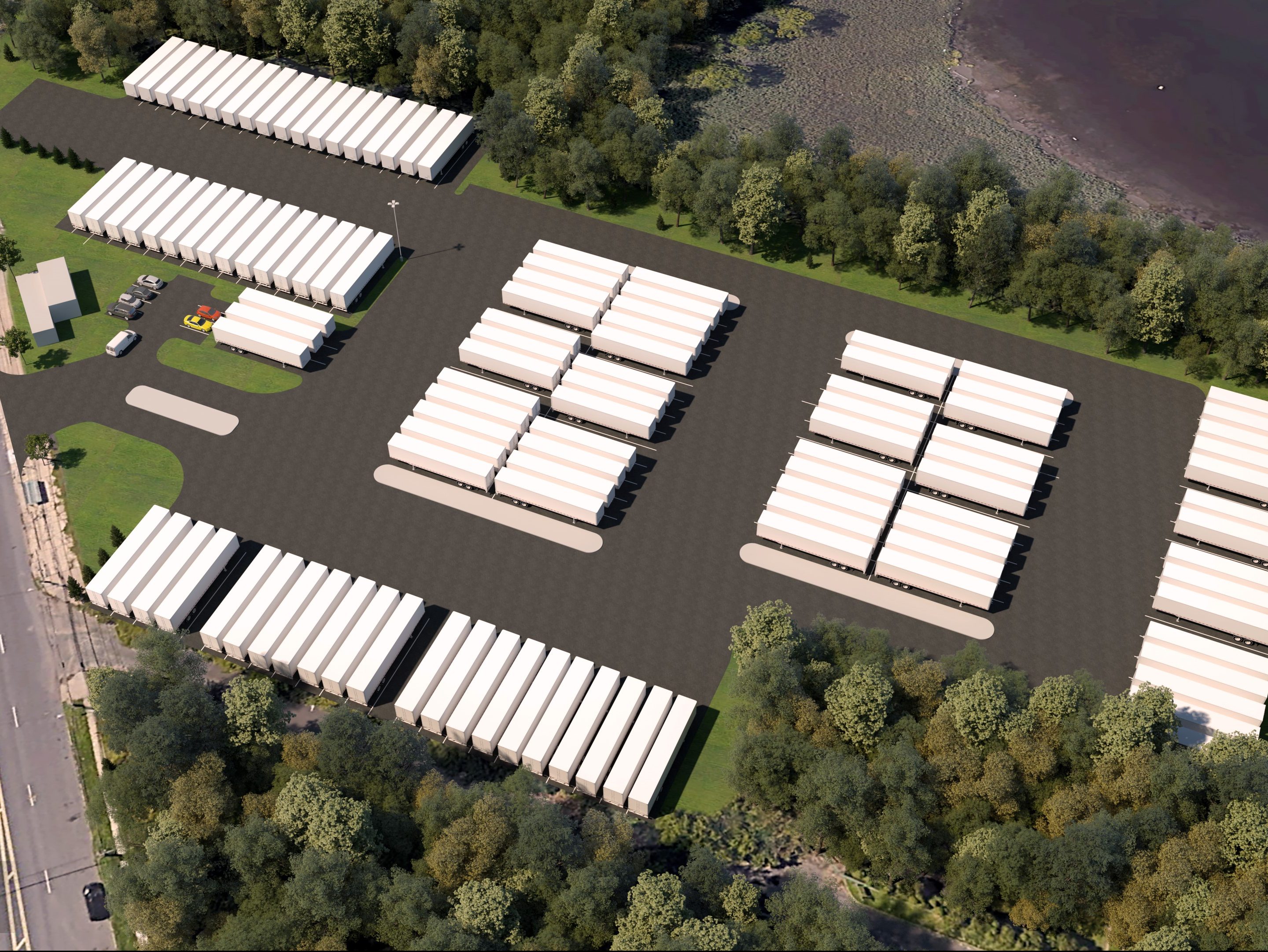
Skydell: The rapid growth of e-commerce coupled with the robust development pipelines of metros throughout the country over the past decade has reshaped the logistics landscape, driving demand for IOS facilities as storage for delivery vehicles, especially in major markets and regional hubs near densely populated areas. As companies seek efficient last-mile distribution networks to meet rising consumer expectations for fast delivery, IOS and light industrial spaces have become essential for warehousing, fulfillment and sorting.
IOS facilities are a key link to the supply chain. Additionally, the need for supply chain optimization has prompted investments in resilient regional hubs, which serve as flexible staging grounds with quick access to highways, ports and airports. The increasing demand for large-scale infrastructure projects, fueled by government investments and urbanization, further heightens the need for IOS facilities in regional hubs, where construction companies require storage for heavy machinery and materials.
The global trends of reshoring and nearshoring have also spurred demand for light industrial facilities, as manufacturers relocate operations closer to domestic markets for storage, assembly and distribution. With urban population growth and metropolitan expansion, companies increasingly require IOS and light industrial spaces near urban centers to support the logistics needs of growing cities.
What’s the impact of the limited availability of IOS sites on the overall industrial real estate market?
Skydell: Diminishing IOS site availability has driven up demand, leading to higher rents, competitive bidding and increased operational costs for businesses as many active groups and institutions are looking for the same infill property throughout the country. IOS scarcity has given many landlords the opportunity to raise rents due to the understanding of their mission-critical property. Property values have grown tremendously leading to an overall expensive industrial land basis throughout the country.
The limited availability of IOS sites is putting increased pressure on traditional industrial properties: Businesses have turned to traditional industrial spaces, tightening supply across the broader market, especially in urban areas.
Another important aspect I’d mention is that strict zoning regulations have limited the development of new IOS sites, keeping supply growth slow despite rising demand, which has created a bottleneck effect in its own right. Furthermore, the scarcity of such facilities near urban centers forces businesses to move to suburban or exurban areas, increasing transportation costs and inefficiencies.
During the past five years, the IOS space has undertaken a major shift to institutionalization, and in major markets, there has been a consolidation of IOS site ownership, reducing availability for smaller “mom-and-pop” operators, which has driven up tenant rental costs.
READ ALSO: Last-Mile NIMBYism Is a Headache. Remedies Are Available.
What are the top challenges you encounter in the IOS market today, and how are you addressing them?
Skydell: Our team faces many of the similar challenges as we did when we started diving into the IOS space in 2019.
The key challenges in the IOS market today include limited availability of zoned land, environmental compliance, tenant retention, rapid market shifts and increasing operating expenses. Due to the overall institutionalization of the asset class through the past several years, the price of land suitable for IOS facilities has grown tremendously.
As an experienced operator in the IOS space we have been able to mitigate risk in all of these challenges. Our team has a strong focus on detailed market research to understand a rapidly shifting market, whether that is asset prices, rental rate or tenant demand. We are continuously understanding the shifts in our core markets.
We have established and continue to strengthen robust relationships with local municipalities to ensure we fully understand property requirements, zoning regulations and development guidelines, allowing us to navigate the permitting process efficiently and advocate for our interests while fostering positive community engagement. Through our proprietary database, we are able to efficiently source and evaluate opportunities. SCG partners with the leading environmental consultants to ensure regulatory compliance and maintain strong tenant relationships, and put an emphasis on diversification. Our acquisition team is hyperselective on the assets we look to acquire to ensure we meet our acquisition criteria.
What do IOS users want today?
Skydell: They want access to convenient locations, ample space and flexibility, security and safety features, good infrastructure and utilities as well as regulatory compliance and support. Additionally, users appreciate responsive and attentive landlords, and we prioritize open communication and actively engage with tenants as, overall, the maintenance of such properties does not require so much management but when issues do arise, we ensure to be a proactive landlord even with the overall nature of NNN leased property.
How does your internal tenant rep business cultivate relationships with outdoor storage users?
Skydell: Our tenant rep business is constantly reaching out to our existing, previous and prospective tenant base in which we are continuously growing relationships with all IOS users across all industries. We have a unique approach in which we put an emphasis on understanding the specific tenant operations and their current needs and future planning. Through our internal tenant rep business, we are able to understand what exact space requirements users have and where they need IOS or light industrial space to optimize their operations.
Our goal is to expand our portfolio further by collaborating with tenants to identify optimal properties and spaces that meet their operational needs. By prioritizing tenant relationships and adapting to their requirements, we aim to create mutually beneficial partnerships that drive success for both parties.
Through this major emphasis in the past years, we have grown this part of our operations into a business of its own in which we act as third-party advisors for our tenants and negotiate on our tenants’ behalf for properties that we do not own.
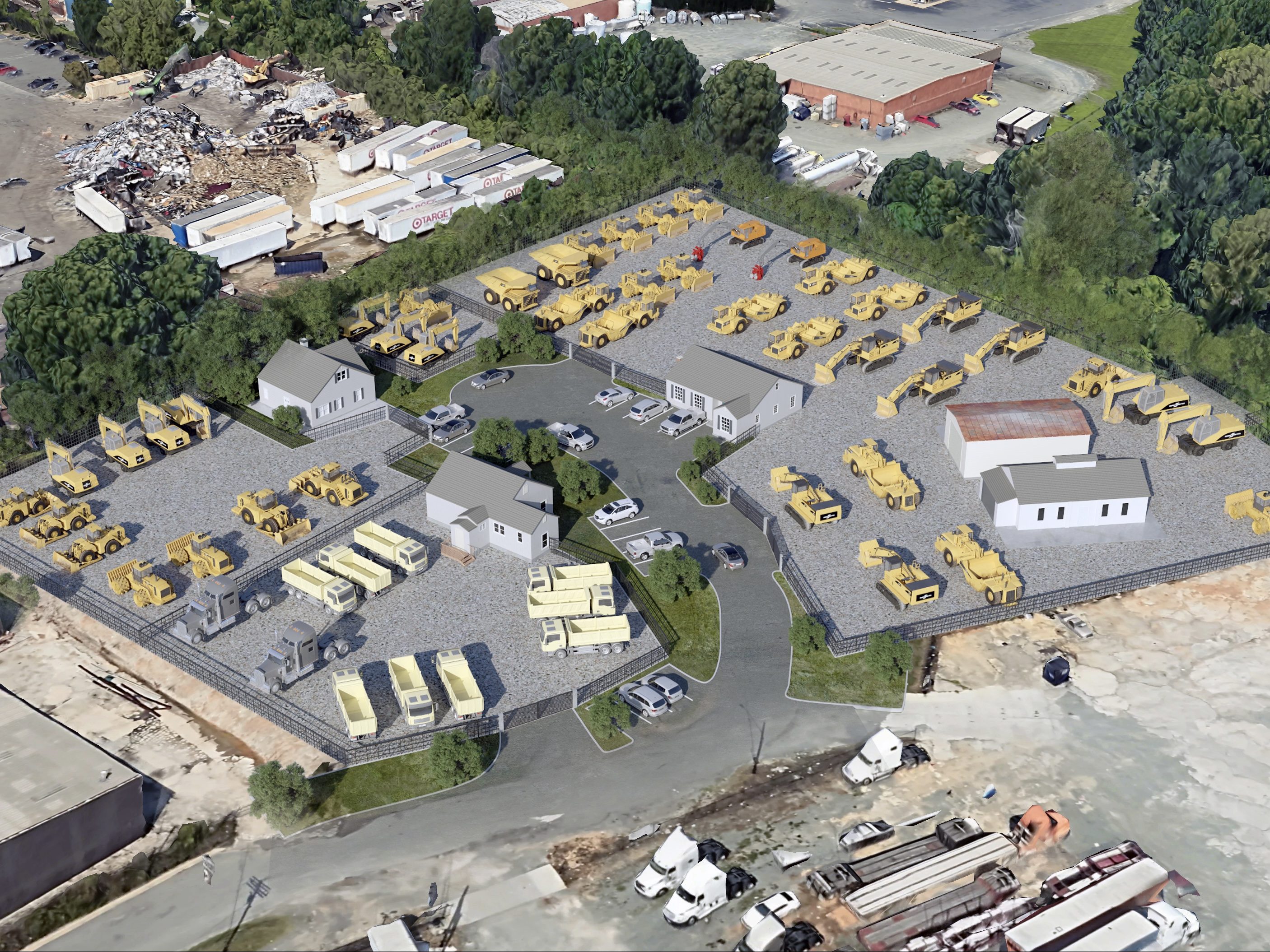
What are your longer-term goals?
Skydell: Our long-term goals for the SCG IOS platform center around the strategic growth and acquisition of infill, mission-critical real estate assets, recognizing that land is a finite resource that cannot be created. As urbanization continues to intensify and the demand for accessible industrial outdoor storage increases, our focus will be on identifying and securing prime locations that serve essential logistics and operational functions for businesses.
We aim to acquire properties in strategically advantageous areas, particularly in urban and suburban markets where proximity to transportation hubs, labor pools and consumer bases is paramount.
Additionally, we will prioritize the acquisition of properties that can accommodate a variety of tenant needs, ensuring flexibility in usage and adaptability to changing market demands. This approach not only enhances our portfolio but also positions us as a preferred partner for businesses looking for reliable and accessible outdoor storage solutions.
Furthermore, we are committed to enhancing the value of our assets through targeted improvements and sustainable practices, ensuring that our properties not only meet current needs but are also prepared for future demands. By integrating technology and innovative solutions into our operations, we can optimize property management and tenant experiences, reinforcing our position as a leader in the IOS sector.
Ultimately, our long-term vision for the SCG IOS platform is to build a robust portfolio of infill real estate assets that deliver exceptional value to our tenants while contributing positively to the communities in which we operate. By focusing on strategic acquisitions and fostering strong relationships with tenants, we aim to create a sustainable, growth-oriented platform that addresses the evolving needs of the industrial outdoor storage market.



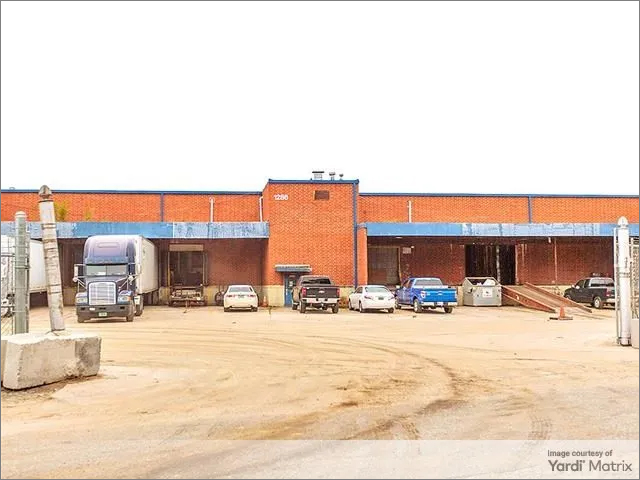

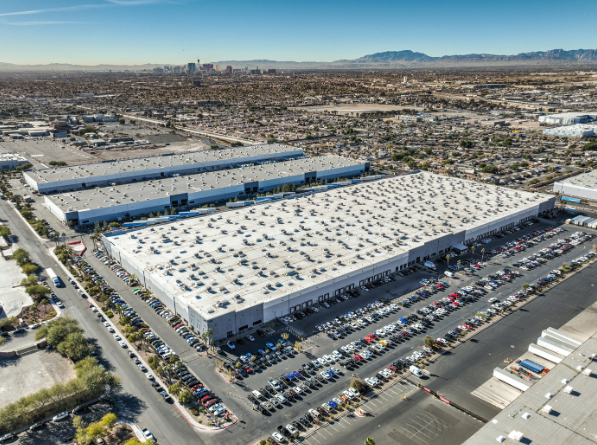
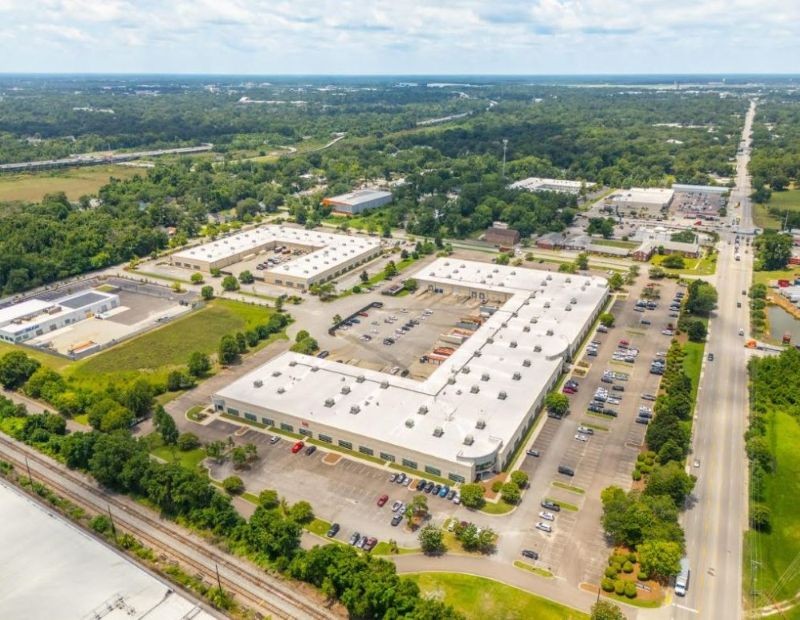
You must be logged in to post a comment.